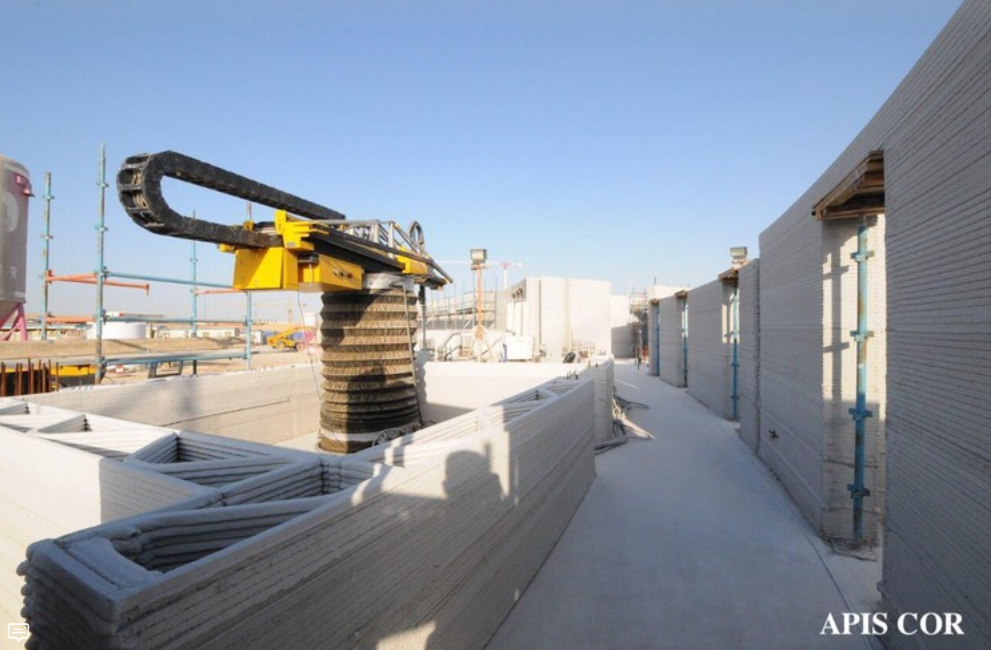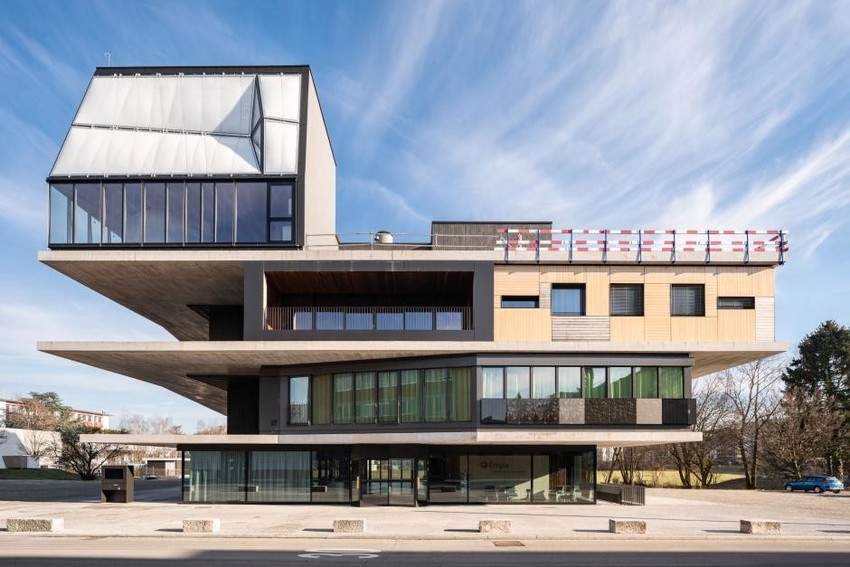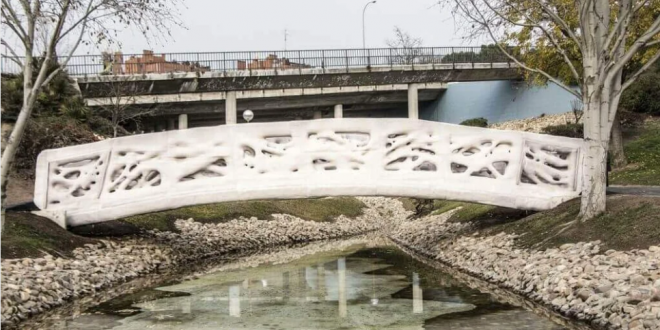What do you think of a construction site? Probably a messy place with a lot of workers, engineers, supervisors, and machinery. Right? But things are changing now. Building information modeling and other computer-aided design software tools are providing multiple solutions for complex geometry especially generative design is gaining popularity among designers and builders to achieve the best possible option. Similarly, actual construction methods are changing as well. Automation is making its way in construction. 3-D printed buildings are now popular with few buildings and components already operational in different parts of the world.
3-D printing, sometimes referred to as additive manufacturing, is defines as a computer-controlled sequential layering of material to create 3-D shapes. It is best suited for creating prototypes and complex geometries.
There are many misconceptions all over the internet with astonishing claims that this building has been created within 24 hours or less than 24 hours. The claims don’t mention the actual time of installing the 3-D printer, making materials for it, installing MEP and other amenities in the building. The greenwashing should be considered before believing in any claims. No doubt it is one of the most cost and time-effective procedures to build but other factors must be considered. Here are some key benefits of 3-D printing in the construction industry.
Scalable and Eco-friendly
Construction with 3-D printers is relatively cheaper than the traditional method because of less material loss. According to the Apis Crop claim that they have reduced the per meter cost to almost two folds. Similarly, co-founder of XtreeE explained that with the increase in efficiency of printing machines and their mastery in the complex shapes, less amount of material is required. Less waste and material usage mean reduced environmental impact of construction. This technique is allowing researchers to develop alternative concrete ingredients. An Italian 3-D printed firm built a project using raw earth and rice waste. Both materials are available in abundance and provide an eco-friendly solution.
Efficient and affordable
3-D printed buildings can be categorized as prefabricated structures. Construction with printers is speedy, efficient and affordable. It can help to meet the demands of the housing crisis and temporary structures for use in disaster-struck areas. Further, apart from the whole structures, buildings elements can be constructed with 3-D printing leading to quick and efficient construction practices. On the other hand, construction of elements can be done at pre-fabrication sites or on actual construction sites.
Design Flexibility and innovation
It is convenient to create curved structural features and unique facades. 3-D printing or additive manufacturing has opened new avenues of space habitat building. NASA recently launched 3-D printed Habitat Challenges. 3-D printing made it possible to evaluate prototypes in simulated environments of Mars and Moon. Space habitat studies through 3-D printed models are practically being implemented in NASA research studies.
Challenges
It is too early to tell if 3-D printing is a viable solution to the complex construction industry. So far, it has proved its worth. However, some limitations are there related to the initial cost of the printer itself. Furthermore, challenges regarding the finish of 3-D printed structures are there as the finish surfaces are not as smooth as in other cases. Considering the social impacts of this technology it will make people jobless who are performing the mundane tasks in the construction sector but create jobs in the research and development sector.
There is a long journey ahead for 3-D printing to become a common practice. The potential of robotics or 3-D printing has already got attention and generating revenues proving its business worth. According to the estimates by smarTech publishing, the revenues are expected to grow to 40$bn till 2027. Therefore, we will have to see how the world reacts to this tech in the future.

Key Projects
In 2014 Chinese company WinSun demonstrated the potential of 3-D Printing by manufacturing the 10 single-story houses. Dubai is host to the world’s first 3-D printed office building. It was constructed in 2016. It is a two-story administrative office building used by the Dubai municipality. In 2015 a shanghai based company printed an apartment building and a neoclassical mansion but these projects remain in the development phase. Shanghai Teavana bar is the first Starbucks Reserve Roastery in China which has a 3-D printed base. According to the Starbucks claim, it was printed using recycled materials making it more eco-friendly. A 40-feet long pedestrian bridge was built in Spain. The footbridge was 3D printed with micro-reinforced concrete material, measuring a total of 12 meters in length and 1.75 meters in width. The team uses parametric design techniques to eliminate material waste while strengthening the bridge.

One of the best examples of 3-D printed buildings is the DFAB house. A joint venture of ETH Zurich researchers and 30 other industry partners. It is a three-level building of areas 2370 square feet, featuring 3-D printed ceilings and energy-efficient walls. Timber beams were placed by robots on site. This project used 60% less cement and also passed the Swiss building safety codes criteria.
Author: Muhammad Shoaib
 Constructionshows
Constructionshows
